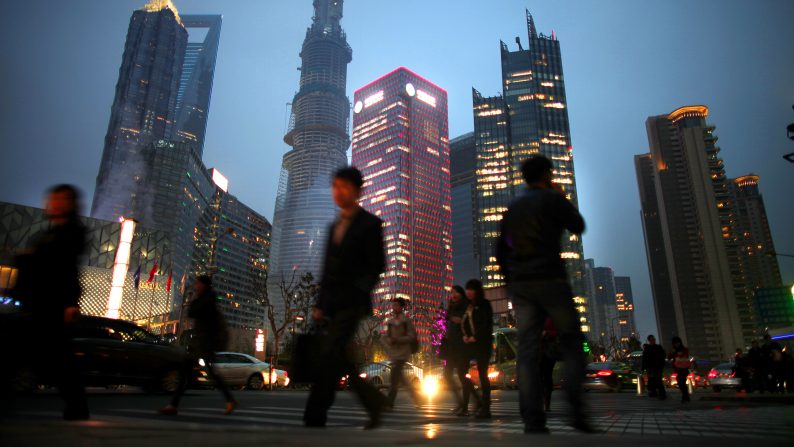In the coming years, China shall aim at high-quality development, while seeking to forestall financial and international risks.
The recent Central Economic Work Conference marked a historical point in China’s economic development. After Mao’s struggle for the mainland’s sovereignty, and Deng’s economic reforms and opening-up, President Xi’s team seeks complete much of the transition to post-industrial society by the early 2020s.
What does it all mean for the Chinese economy in 2018?

New economic guidelines at home
A “moderately prosperous society” will become the reality as China’s growth is likely to remain at 6.8-6.3 percent until the end of the decade. “High-speed” growth, which was typical to intensive industrialization, is now morphing into “high-quality” growth. Due to China’s huge size, the repercussions will reverberate around the world.
China’s rebalancing from exports and investment to consumption and innovation is likely to be completed around 2030. Meanwhile, per capita incomes are expected to double by 2020. Xi’s Chinese dream is predicated on greater economic focus on quality and equality of development.
Investments in social equity mean less uneven coverage of pension and health care insurance nationwide, better public services, rejuvenation of rural areas, scaling of farming operations, increased spending on high school education and vocational training, affordable housing and extended rural land leases – and an aggressive push to eradicate poverty in China.
A key aspect of the shift is Beijing’s expansive goal to restore blue skies over the mainland by cutting pollutants dramatically by 2020, coupled with efforts to attract investors to put substantial funds into environmental rehabilitation.
The new stress on environmental protection means new technologies in green manufacturing and clean energy; cleaning up air, water and soil pollution; developing green finance; emissions-reduction per targets; and tighter environmental rules.












Leave A Comment